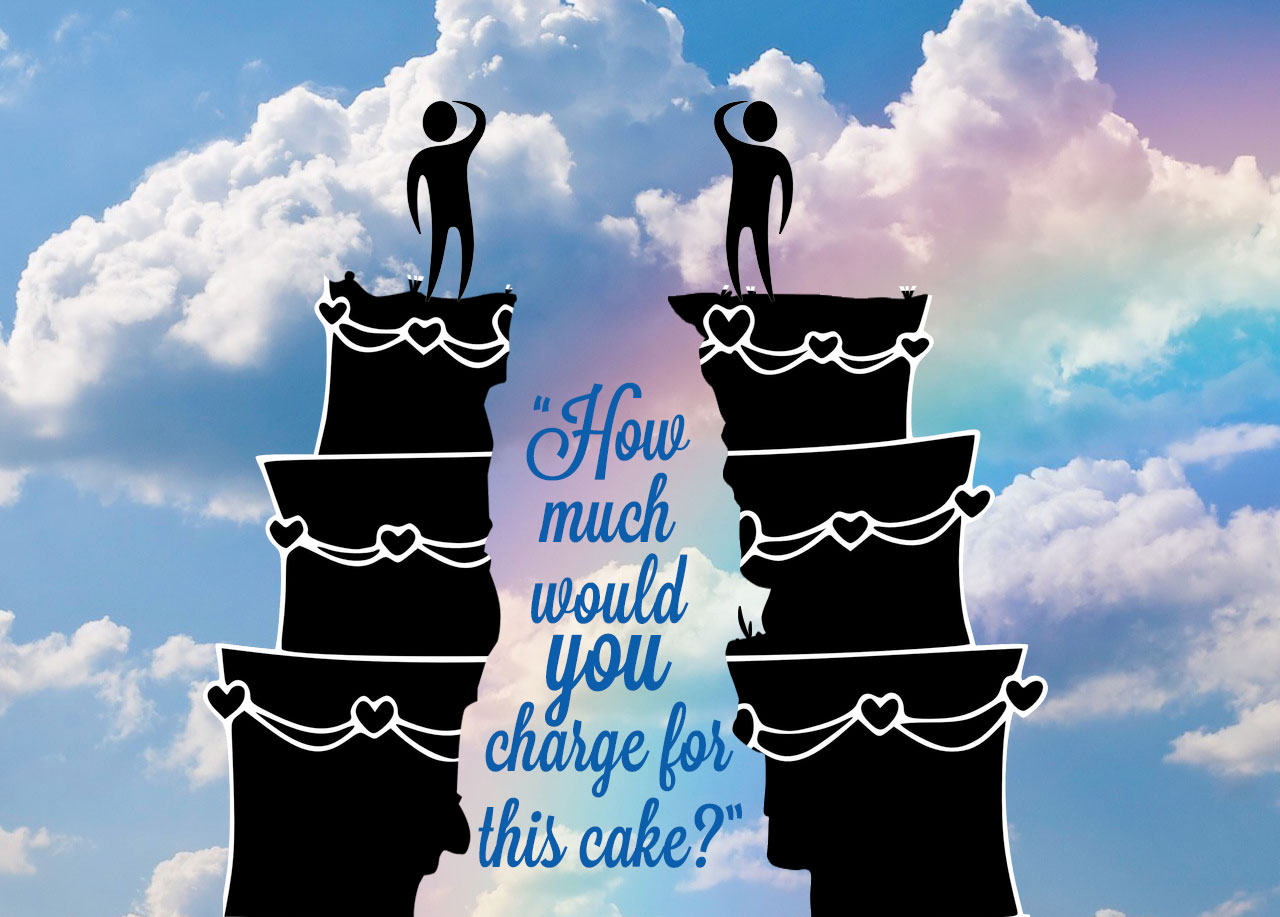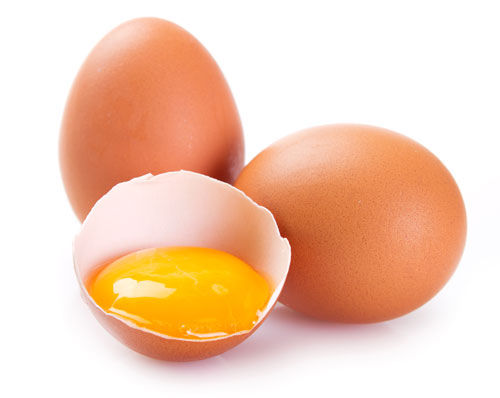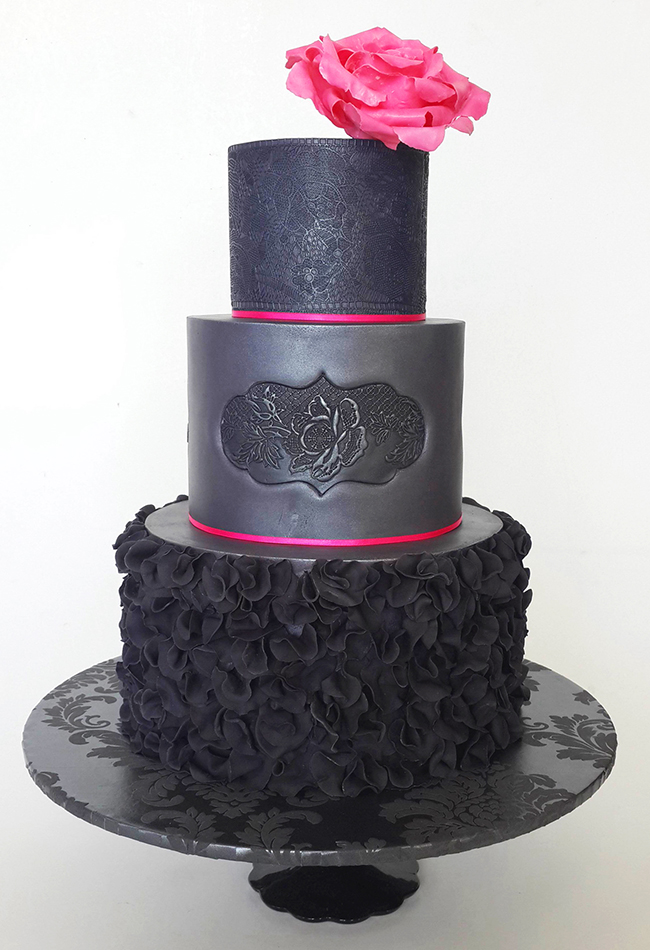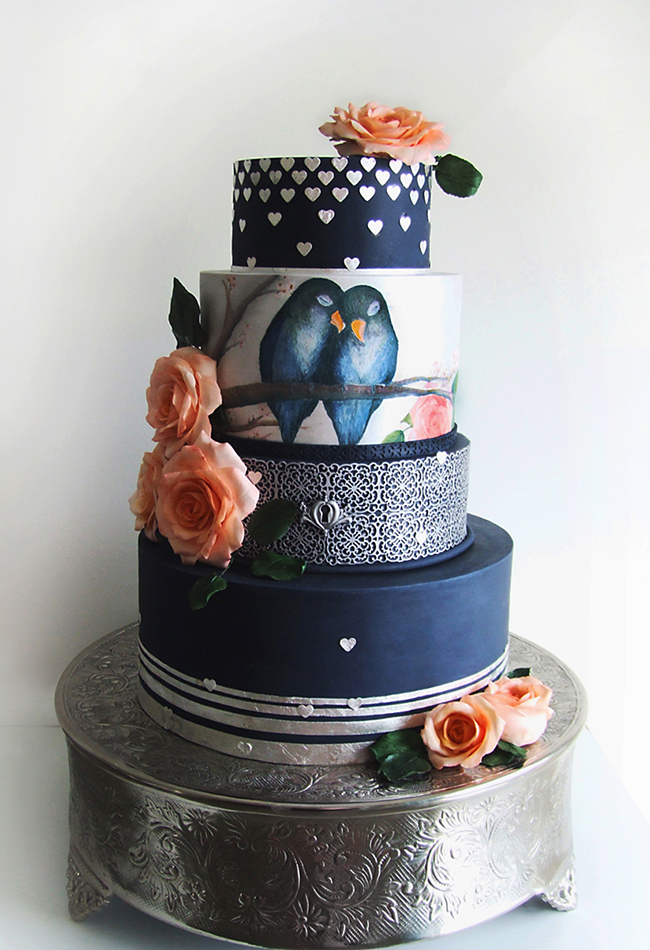Guide to pricing your cakes
Or alternative title: Straight Talk that Might Make You a Bit Squiggly
"How much would you charge for this cake?" These eight words can escalate all sorts of bother on a group page as quickly as unattended cream frothing over on the stovetop. Outcries of "You are too cheap!" or “You are charging too much!" makes everyone start to go a bit twitchy. You too, huh?
Someone recently posted a baker's $420 quote for a two-tiered cake in a Facebook cake group. "Ridiculous" exclaimed one reply. Then the tug of war between those who charge a little and a lot began. Reading between the lines, what I saw was a gap in understanding a basic business model.
This post addresses the sensitive topic of pricing in New Zealand with one solution, and will also use that $420 quote as our case study for this article.
[Please note, I will address the legalities of selling food and paying taxes in a later post.]

"Too much!" or "Too little!" The question reveals a gap in understanding a business model for charging.
First things first
Don’t make the common mistake of confusing revenue with profit. Understand what you are REALLY earning and paying for, rather than just seeing the cash in your pocket. When you add things up correctly, you'll soon see that $350NZD for a three-tier wedding cake that took four days to make, decorate and deliver to the venue is a bit of a shocker.
Before you can take your true cut and count the money, you need to factor in:
Taxes. Work out your rate here.
Mileage. 72 cents per kilometre, up to a maximum of 5,000 km of work-related travel per year. Electric cars can charge $.81 per km. For distances greater than 5,000 km, you must keep a record of actual vehicle expenses. Read more here.
Mark up and Profit. Your mark-up is what enables you to cover costs of expenses for making your product. Here is an excellent article explaining your “break even” point and how to work your figures out.
Fixed costs. These are costs that occur regardless of how many cakes are produced. Fixed costs include, but not limited to, electricity to run A/C and lights, phone, telephone, water, insurance, advertising, office supplies, repairs and maintenance (budget for things breaking), ACC, waste, registration and licensing, rent for your commercial kitchen.
Variable costs. Your cake ingredients and supplies for each project. Additional electricity needed to run your oven and mixers. Your colours and powders. Your boards, dowels, and armature. Did you use cling film? Paper towels? Chux cloths? Include your bags, twist ties, labels, stickers, ribbons, tape, boxes, plastic wrap and foil.
If you are not charging your time, you are encouraging public perception of 'it's just eggs and flour.'
Current NZ prices via https://shop.countdown.co.nz

- Eggs $4.65 (dozen size 7)
- Butter $5.50 (500 grams)
- Cream $3.00 (500g)
- Self Raising gluten free flour $4.50 (750g)
- Self Raising flour $1.89 (1.5k)
- Vanilla bean paste $9.99 (60g)
- Nestle Melts Cooking Chocolate Milk $3.79 (290g)
- Chelsea White Sugar Bag $3.59 (1.5kg)
- Sun Valley Foods Cocoa Powder $5.49(400g)
- Pettinice Fondant $6.49 (750g)
PAY YO'SELF
Let's start with wages. Your goal is to be your own boss. To earn money for your family/mortgage/holiday/tuition fees/house down payment. Am I right? If you are uncertain about your wages, or currently not charging anything at all - have a gander at how much a similar business might pay you for the labour you are currently providing.
Here are a few NZ data sources I found so you can do your own fact checking:
https://www.careers.govt.nz/jobs-database/manufacturing/manufacturing/baker/
https://employment.govt.nz/hours-and-wages/pay/minimum-wage/minimum-wage-rates/
https://www.paye.net.nz/calculator.html
Based on the data, our current industry rates (January 2018) :
- TRAINING RATE = $12.60/hour
- MINIMUM WAGE = $15.75/hour
- SKILLED WAGE = $21.63/hour

Welp, the sitter is paid an hourly wage. Shouldn't you be too?
So where would you sit? You could start by paying yourself a training rate fee of $12.60/hour because you are new in your field, still learning heaps and a bit slower. But if you've been around the cake block for a while, please don't charge yourself out any less than minimum wage, and keep your eye on the industry average going rate.
Remember this is simply a guideline; I knew a super experienced and fast decorator who billed out at $75/hour. If they spend an hour crafting what a takes an intermediate decorator five, this pricing would be exactly right.
The question really is, why should you/they/anyone not bill these working hours?
Those that aren't, can I ask - why aren't you paying yourself an hourly wage? Why do you suppose perception may be that we shouldn't be? My babysitter charges more per hour than alarmingly a lot of business owners do, to sit on my couch, eat my food, watch TV, and use my internet all the while my kids are sleeping in bed so I can enjoy a hot date night with the hubby, but I digress.
And, to be clear - your labour is NOT profit. Your labour is an operating expense that takes time away from the beach, your family, coffee dates, your Netflix binge couch time, a trip to the gym and should be reimbursed accordingly. If you are not charging your time, you are encouraging public perception of "it's just eggs and flour" and the view that your cake brothers and sisters using a good business model are judged as "ridiculous prices." Incorrect pricing keeps our industry struggling and consequently will always perceive our skills and value low.
Skilled bakers in business, please run some calculations and reconsider your current $50 charge for your customized cakes that are truthfully taking 4 or 5 (or sadly more) hours to create. You are paying your customers to take your cake away.
But, "I am just starting out" or “I don't have shop overheads" or "I only do this part-time" or "People charge more in Auckland" or "No one would ever pay me what a cake is worth" are some reasoning behind low prices. Let's bust these statements!
We can't educate our customers without first educating ourselves.
Next time tell your shocked client after a quote, "Look, I am earning below minimum wage to make your party cake. What do you pay YOUR babysitter? Just kidding, don't say that. Just stand by your prices without apologizing ever. Like the plumber who charged me $85/hour without batting an eye. And um, yes - I could have sent him a rude email or said "Ridiculous! No way! I'll do it myself. It's just PVC and glue!" But dude, I want good pipes. Guaranteed! And it took him four years to qualify and learn his job. Get me?

How much would you charge for this cake? Cake by Karin Klenner - Sweet Little Treat
LET'S TALK ABOUT PROFIT -
AND NO, IT’S NOT A BAD WORD.
As a business owner, you need to build a healthy profit margin. For one, you need profit to reinvest back into your business to bring in more business such as marketing and advertising, new equipment, fancy molds, better website, training, stalls at wedding events, premises, staff, cleaners. Buying treats for hubby to thank him for joining you on cake deliveries unpaid, or sorting the kids while you work outside of business hours. *cough HESHOULDBEHIREDSTAFF cough, cough*
The final factor in your pricing is to decide what your business profit margin is going to be. Let's look at our New Zealand Industry Benchmarks for a start. In C1174- Bakery product manufacturing (non-factory based), a Micro performance benchmark (annual turnover $60,000 - $166,328) shows a median gross profit of 53%. Look here and believe it. Does that give you a goal? If 53% sends you for a head spin, start lower, but with firm plans to meet the benchmark as you get faster and gain more experience.
CALCULATING YOUR PROFIT
If maths is not your thing, this might make your head ache - but stay with me, because it's worth it. If you look at the figures below, you can see at a glance how I've mapped out the calculations without reading the rest of this paragraph. Or grab your calculator and follow along. Let's say you figured out your final cake cost is $115 to manufacture including overhead. If your target profit margin is 53% to meet the industry benchmark, divide 53 by 100 to get 0.53. Subtract this result from 1, to figure out the portion of the selling price that equals your cost. For this example, subtract 0.53 from 1 to get 0.47. Divide your cost by the result to figure the selling price based on your target profit margin. The cake cost $115, divide by 0.47 to find your selling price equals $244.68
Benchmark profit of 53% for a cake that costs $115 to make
- 53 / 100 = 0.53
- 1 – 0.53 = 0.47
- $115 / 0.47 = $244.68
Reduced profit of 20% for a cake that costs $115 to make
- 20/100 = 0.20
- 1 – 0.20 = 0.80
- $115 / 0.80 = $143.75
Reduced profit of 5% for a cake that costs $115 to make
- 5/100 = 0.05
- 1 – 0.05 = .95
- $115 / .95 = $121.05
Case study
Let's revisit our pearl clutching $420 quote scenario. Our skilled baker spent two working days manufacturing said custom cake that included a spray of sugar flowers, ombre fondant ruffles, and some modelling. She charged $21.63/hour x 14 = $302.82. All other overhead and ingredient costs came to $100 = $402.82.
Benchmark profit of 53% for a cake that costs $402.82 to make
- $402.82 / 0.47 = $857.06
Reduced profit of 20% for a cake that costs $402.82 to make
- $402.82 / 0.80 = $503.52
Reduced profit of 5% for a cake that costs $402.82 to make
- $402.82 / .95 = $424.02
What does this mean, exactly?
At $420, she charged LESS than 5% profit to reinvest back into the business. Our skilled baker left herself with an eye-watering $17.18. That’s not even enough to hire someone to wash the pots, let alone place an ad in the paper to bring in more sales.
You might be thinking, "What about her labour? She should use that!" Umm...No. If she worked at a local bakery, the boss wouldn’t deduct her pay so the shop could book a market stall to raise local profile. Can you quickly see what your cake sisters or brothers, or YOU, are sacrificing?
DON'T THINK YOU NEED PROFIT?
Okay. I get it. You're still not convinced and decided you are happy with just charging your labour. You think ‘profit’ is greedy. Well, guess what else profit gives you? A nice cushion to catch you when -eeeeep! - you fall flat on your face.
Unanticipated time or expenses spent on your cake? Too bad! Or any of these examples provided by some cake friends:
- Cake injured during delivery, requiring emergency re-do or refunding client.
- Refunding client because they said something was wrong with the cake.
- Client didn't collect cake and failed to complete the final order payment.
- You under quoted your time for making English roses.
- Had to stop in FIVE craft shops to find exactly the right colour ribbon for your client's board because they didn't like what you had in stock.
- Had to colour mix your fondant again because (against your policy), you sent work in progress photos to a begging client who then asks you to please change the colour scheme? And you did, because you are such a nice person, but now you’ve spent more time and might have two kilos of a colour you might not ever use.
- Had to buy a new hand mixer because yours blew up and you still haven’t set aside enough into the repairs fund this year.
- Had to Google a technique for a change they emailed you at midnight.
- You forgot to charge the client for the new stencil they *HAD* to have (no substitutions) for their cake and you might not ever use again.
- Dairy prices went up and you didn’t account for it in your quote and contract six months prior.
- Had to re-cover your cake again because, well, summer.
- Modelling chocolate fails.
- Ombre ruffles! OMG! Who knew?
Add your own stuff to this list, because it happens, and you need a cushion to ease the bite. You need profit. Otherwise, it’s the constant stress of one step forward, two steps back.

How much would you charge for this cake? Cake by Joanne Tan - Scrumptious cakes
FOURTEEN HOURS, REALLY?
"Hang on," you might say, "it only takes me four hours to batter up and oven bake all the cakes, build my structure, preparing fillings that I need, ganache and cover. Then only six hours to model and decorate including those fondant ruffles, so ten hours is all I'm charging."
Are you SUUUUUUURE? Working hours include consultations, tastings, prepping your pans, cleaning, preparing your fillings, washing up, researching designs, revising designs, ordering special molds, the trip to the market to purchase supplies, meeting with the client for a follow up because they've changed their mind on design, ALL their phone calls, all their emails, speaking to the mother-in-law, speaking to the bride changing everything the mother-in-law ordered (ha!), setting up your station to start making sugar flowers, a mini test run to make sure new technique client wants will be a success on the final cake, invoicing, checking they've banked the fees, following up, sending reminder emails to pay deposit, pay final balance, delivering their cake 30 minutes away and setting up, the final clean and pack down or your time waiting for them to pick up the order when they are late.
Did you catch all that? I'm sure I missed out on heaps more. If you worked for a bakery, they wouldn't ONLY pay you when your hands were physically touching the cake. Nor should you.

Start timing all your tasks to get an accurate count of time you spend.
Want a quick peek in to another baker's timesheet? Have a look at The Yummy Mummy's portfolio album who has generously shared her timing blueprint for different cake designs.
Start timing yourself doing all tasks so you can quickly factor in these hours in your quotes. Washing those bowls and tins? You are working! You are LABOURING for a client's cake. Not watching Episode 5 of the Walking Dead. Got a client that sends 100 emails before you secure their order? Listen to your instincts and add an hour of labour to your quote and be firm with your time spent to and fro-ing. Got a client that is chilled out, trusts you and paid up-front? Take away an hour, because they are letting you be productive and get on with making the cake. You will soon learn your own rhythm when quoting.

How much would you charge for this cake? Cake by Jo Orr - Ciccio Cakes.
Every once in a while, we are faced with a client who CAN afford our custom cakes but will still try to undervalue our skill and demand discounts. You might be worried losing a potential cake order. Be strong - and remind yourself working for free is not a lost sale.
WHERE TO FROM HERE?
Keep records of your time for the things you haven't been charging. Passionately, without fail. As you get faster and more experienced, give yourself a raise. You don't pay yourself less as you improve, your value increases.
Currently selling and wanting to know how to adjust (fix!) your prices? Here’s one idea: Keep your $50 price point for the "I need the cheapest cake possible" customers, but change the design, limit ingredient offerings and cake size to something that will take you 1-hour max to create. During down time, anticipate these orders by baking and freezing extra cakes to be pulled out and decorated for this purpose.
Remember that "I need the cheapest cake" means no fancy modelling or time consuming sugar flowers. Simplify your recipes and decorating. Think trendy drip cake styles with minimal pre-made candy toppings. Think naked cakes, where they can source their own fresh food safe edible flowers or toppers. If you're stuck for ideas, go browse your local bakery cabinet cakes to see sizes, design and prices to gauge local market value, because your customers will be seeing those too. If customers try bartering you down, or asking for discounts, helpfully point them to your new tasty $50 cake range. Stick to your prices and keep the profitable sale. However, every once in a while we are faced with a client who CAN afford our custom cakes, but will still try to undervalue our skill and demand discounts. You might be worried losing a potential cake order. Be strong - and remind yourself working for free is not a lost sale.
If you have been struggling with building a profitable business, it's time to get out of the "cheap cake" rut. You can do it! Promise yourself to stop compromising your labour costs in order to drop the price for customized cakes. Drop elements instead. Keep your clients, but start bringing your labour intensive cakes to market value. If a previous client asks you why they can't have the same cake as before, you can honestly tell them you didn't charge them labour costs. If it gets bad...mention the baby sitter.

For more on pricing, sign up for this free, useful 3 part PRICING class created by Michelle Green for The Business of Baking.
Disclaimer: The views and opinions expressed in this article are those of the authors and do not necessarily reflect the official policy or position of the company. Commentary is based on topics trending in Social media.




